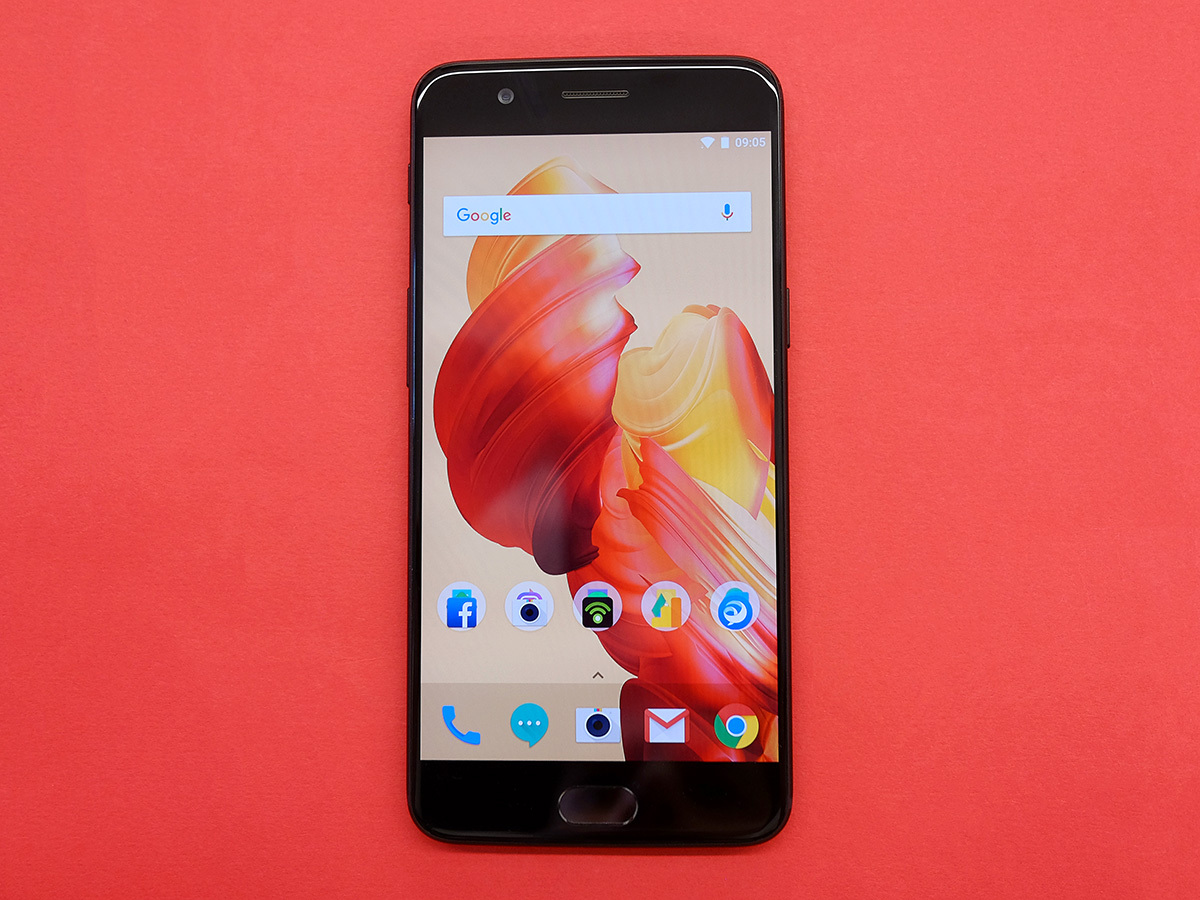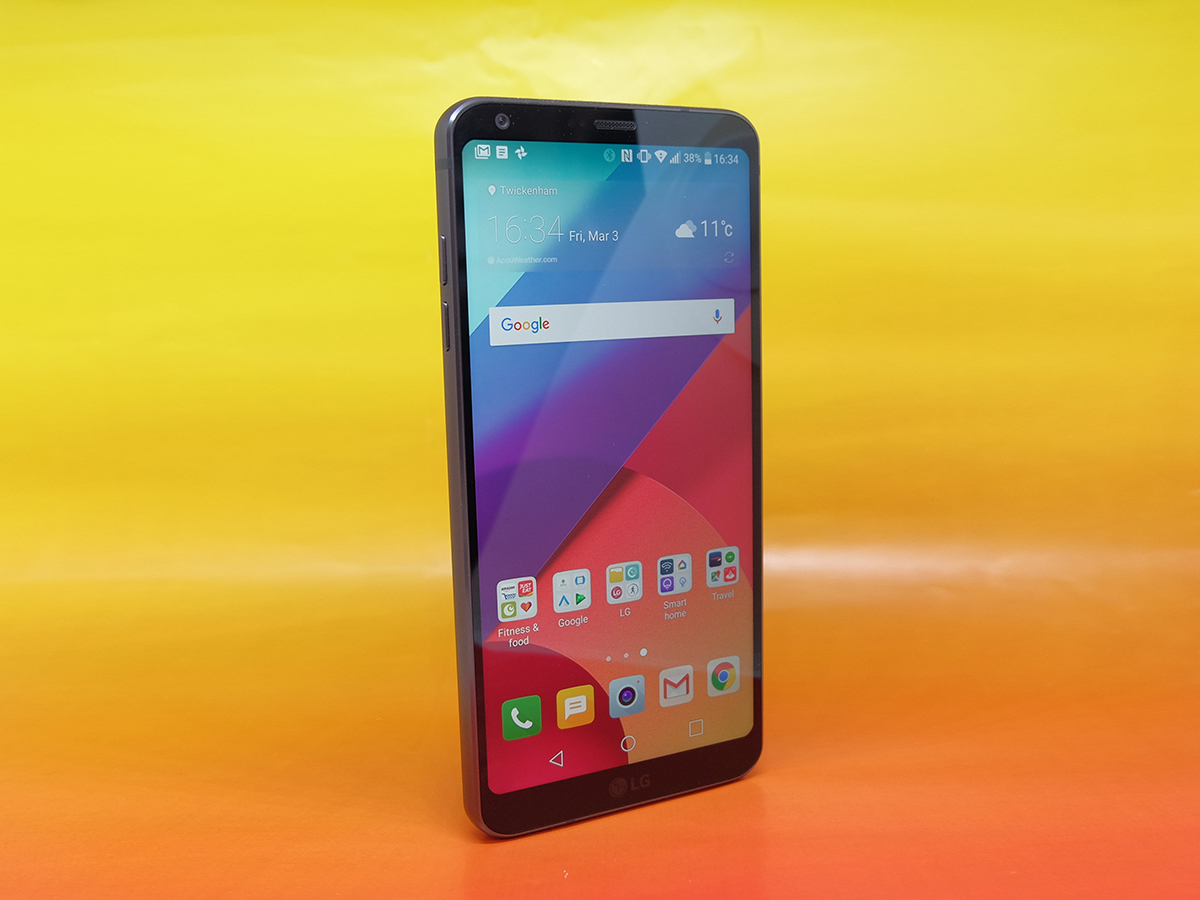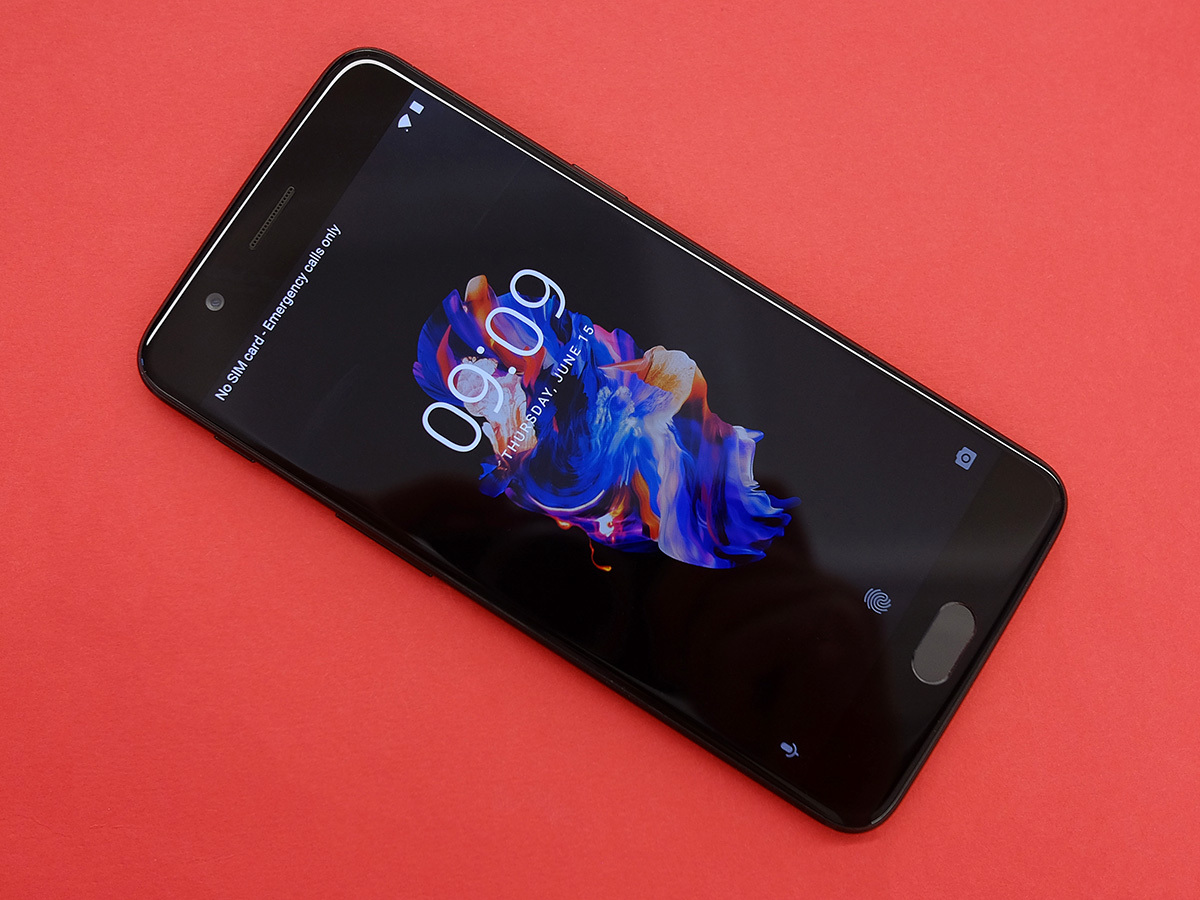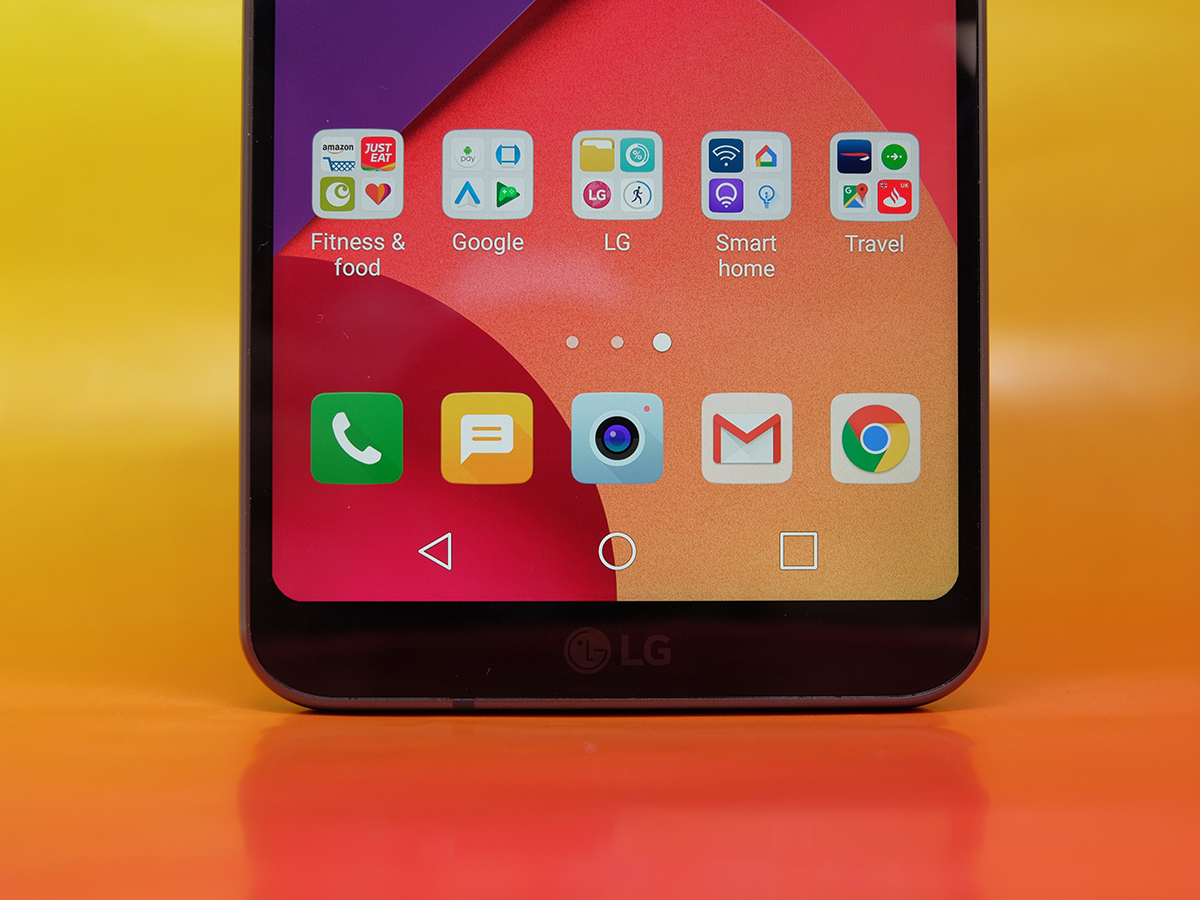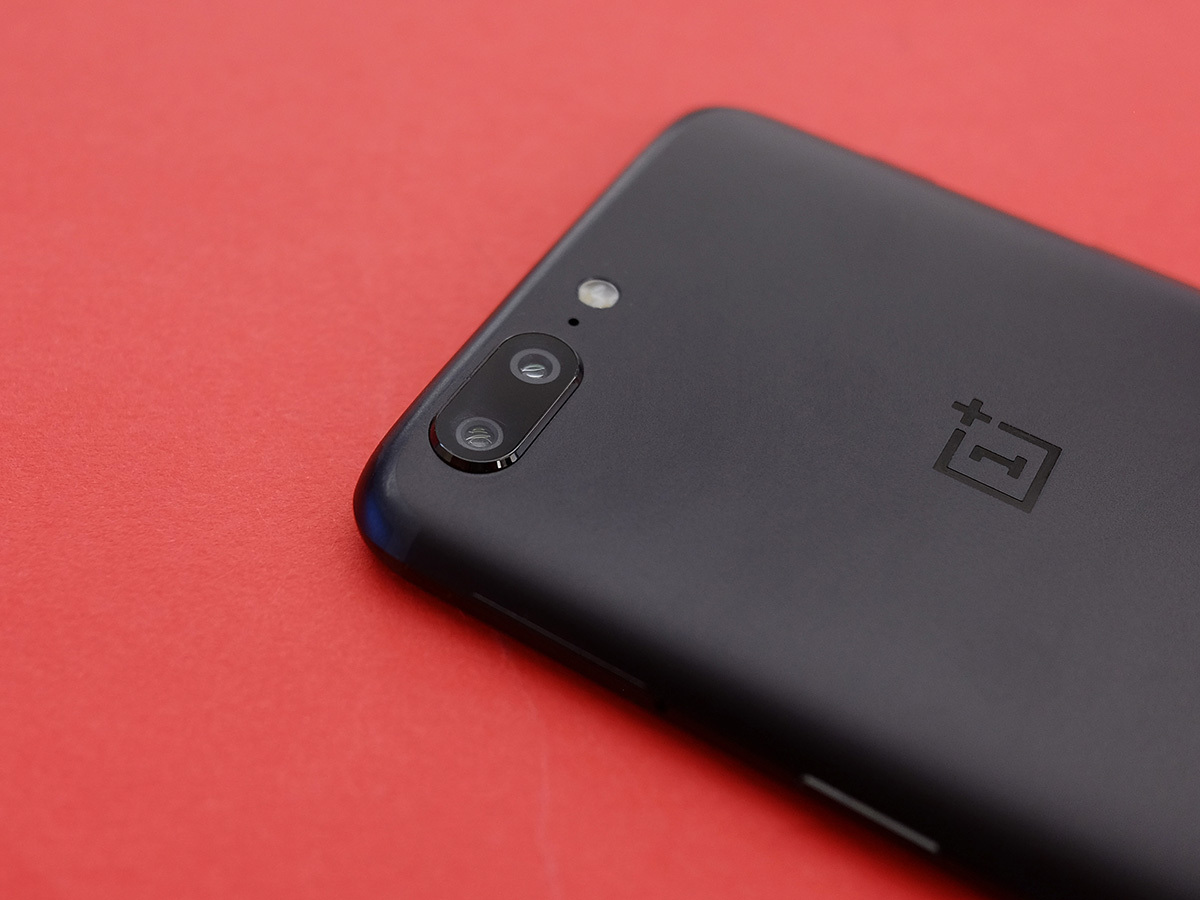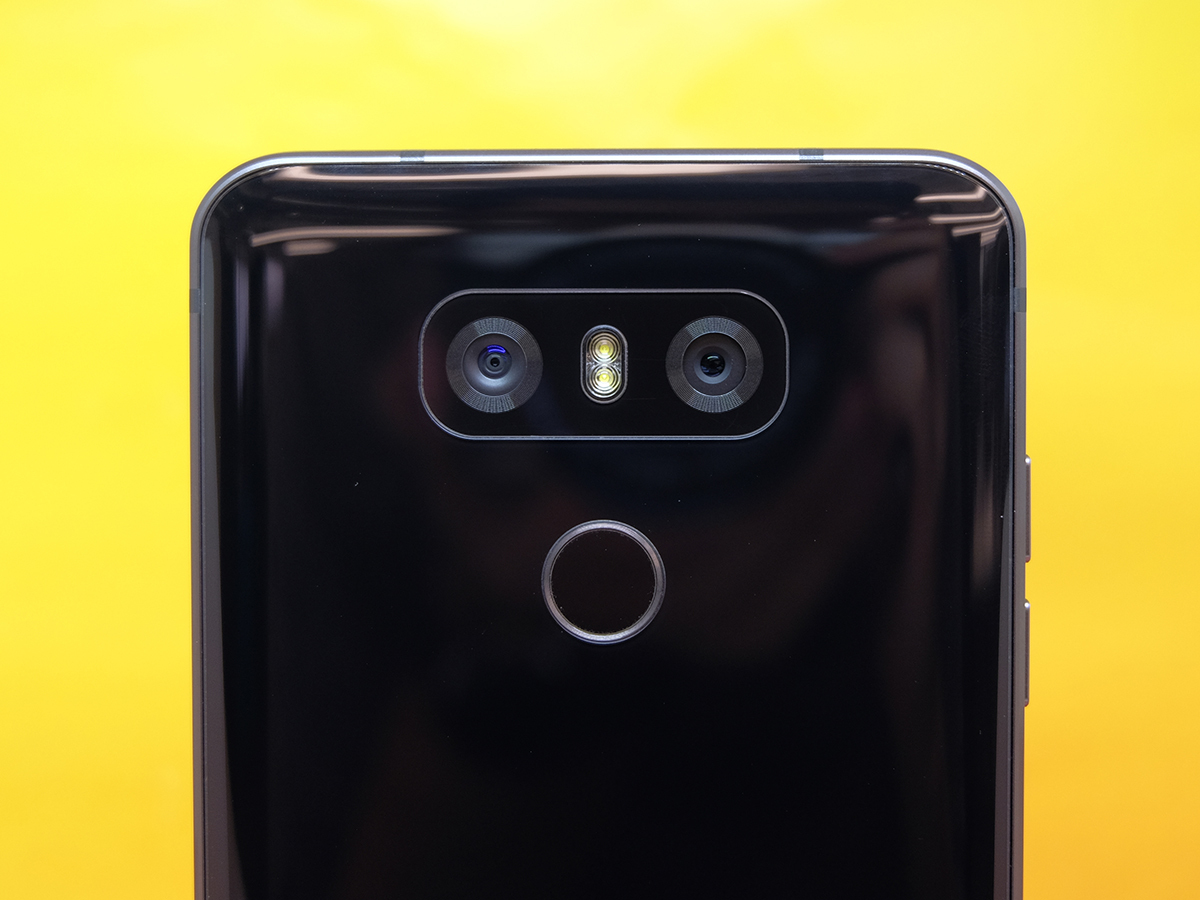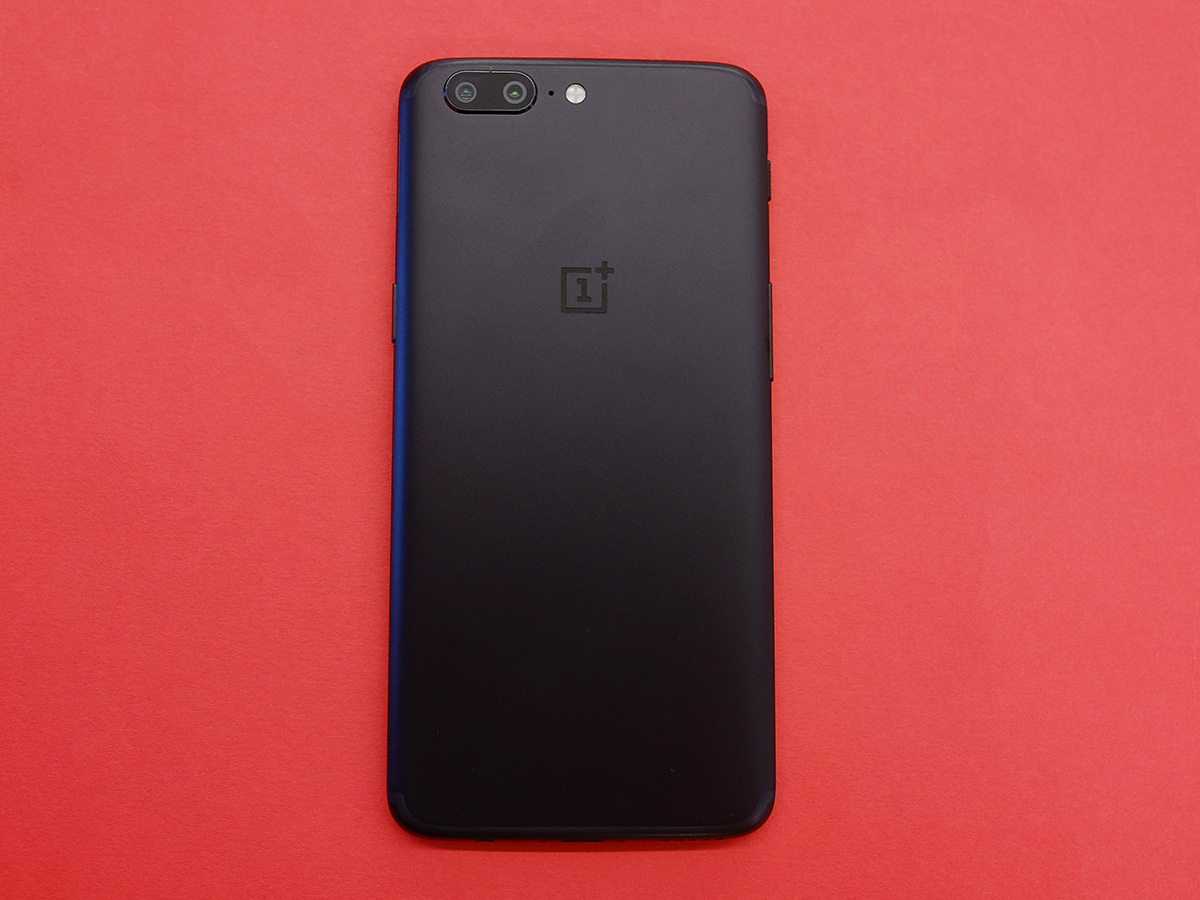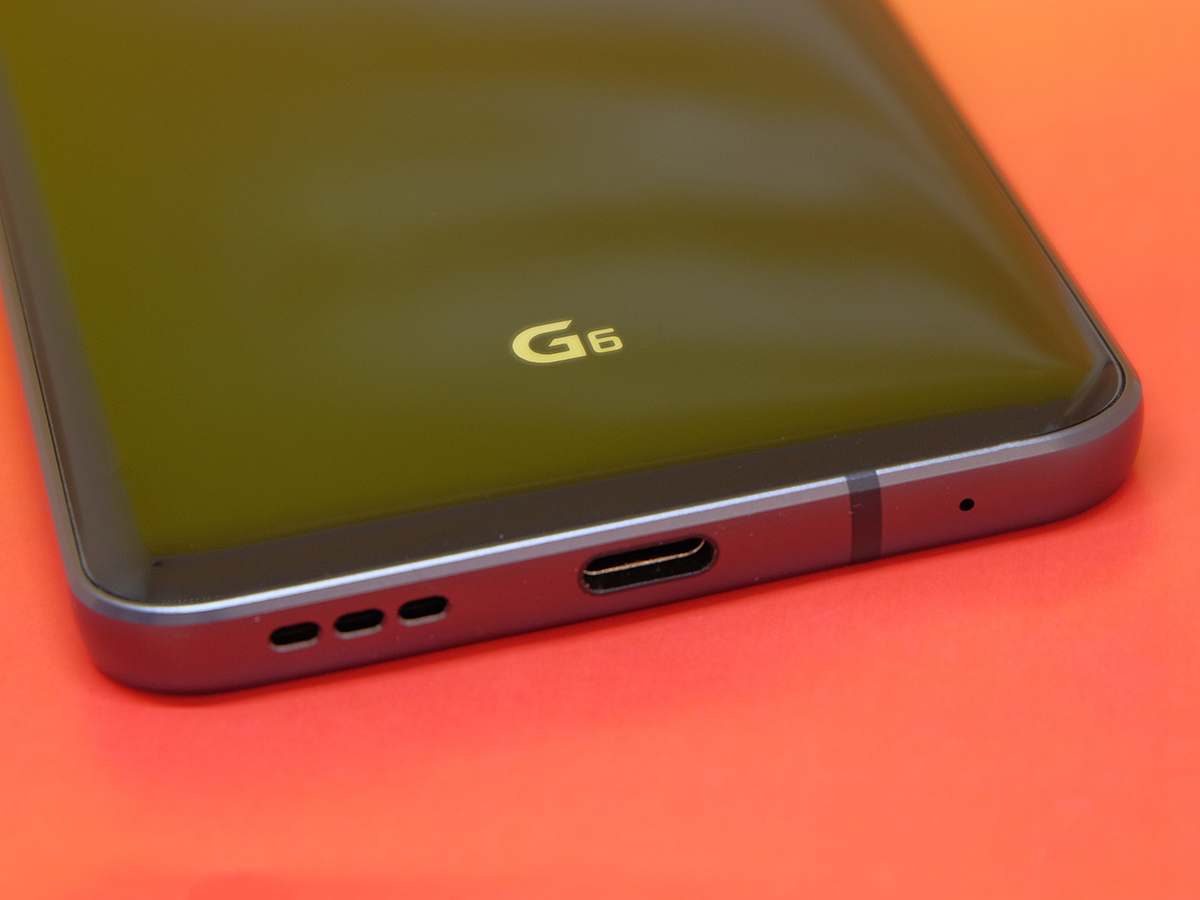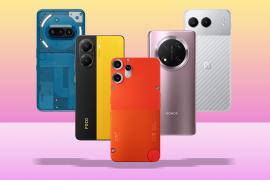OnePlus 5 vs LG G6: Which is best?
Extra-tall or extra-affordable? This showdown might surprise you
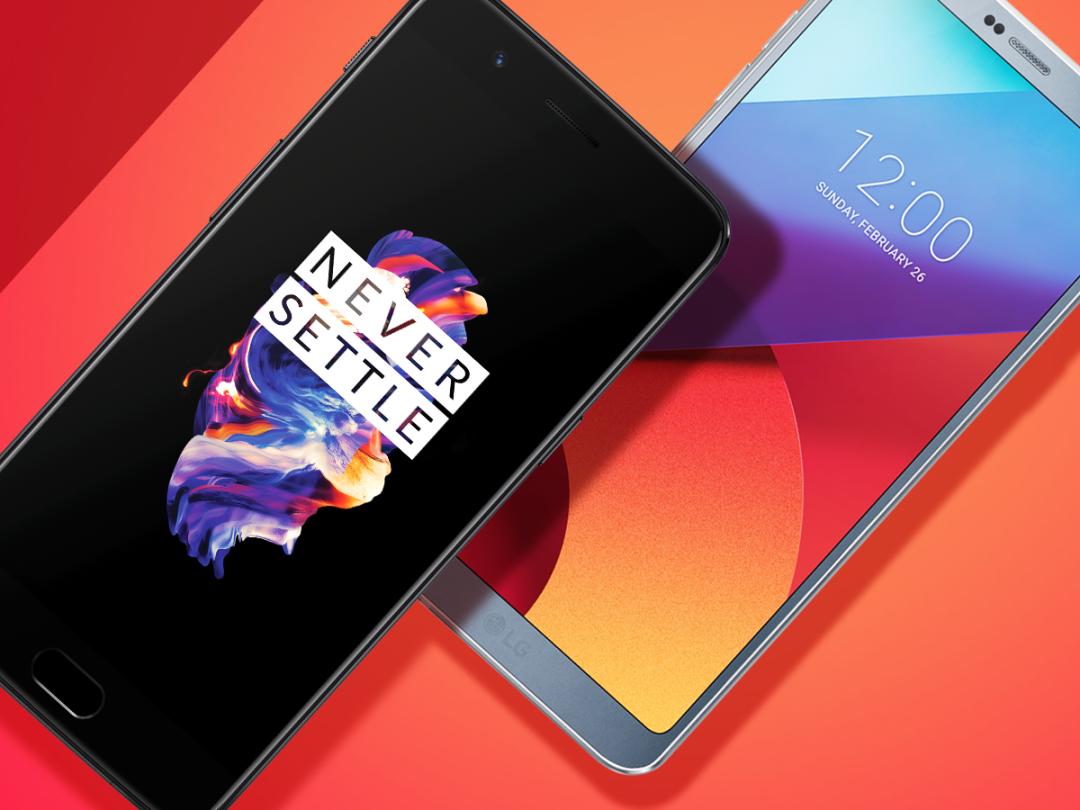
LG had the earliest big smartphone debut of 2017, and now OnePlus has the latest: the OnePlus 5 is here to challenge the Android ruling class once again.
The LG G6 has been somewhat overshadowed by more recent debuts like the Samsung Galaxy S8 and the HTC U11, but it’s still one of the best high-end smartphones you can buy today, thanks to its distinctive style and flagship components.
But the OnePlus 5 is a unique threat: it looks and acts just like a flagship, but comes in at a price that’s £200 less than much of its competition. Does it really stack up against an Android as polished and refined as the LG G6, though? Let’s have a look.
Design: All face
The OnePlus 5 continues the company’s design evolution over the years, and it’s easily the best of the bunch so far. It’s slim and stylish, admittedly looking very similar to the iPhone 7 Plus thanks to the antenna lines curving along the top and bottom metal edges, plus the fingerprint sensor on the front bottom.
While not the most original design we’ve ever seen, it feels fully premium and doesn’t come off as a low-rent knockoff. It feels as nice as anything out there, save the Galaxy S8 and S8 Plus.
However, the LG G6 is a very distinctive face to it, with the extra-tall screen (18:9 aspect ratio) dominating 85% of the face, leaving very little bezel around it. The rounded corners on the screen are a nice touch, too – and then when you flip it around, the back is all glossy glass.
LG made a smart move getting away from the modular approach of the G5, and the G6 really stands out as a premium, eye-catching handset. And thankfully, it’s also IP68 water and dust resistant, while the OnePlus 5 sadly is not. We like the LG G6 here, all around.
Winner: LG G6
Screen: Ooh, HDR
In expected OnePlus fashion, the OnePlus 5’s screen is one compromise the company continues to make to stay clear from the typical flagship price point – and it’s a reasonable one. The 5.5in 1080p screen here is still a delight, as the AMOLED panel impresses with excellent colours and contrast.
But the LG G6 wins out with its higher-resolution Quad HD panel. It’s a 5.7in beast, although it doesn’t feel that large thanks to the aforementioned atypical aspect ratio. This 2880×1440 stunner is an LCD panel, but beyond the extra height and added pixels, it also has the benefit of mobile HDR support for compatible content.
It’s one of those areas in which paying more gets you more – and if you want a top-of-the-line screen, then the LG G6 has one of the best around. Only the Galaxy S8 trumps it, really.
Winner: LG G6
Camera: Surprise!
After those two category wins, you might be seeing a trend here – but the cheaper OnePlus 5 breaks the streak when it comes to the camera. Or cameras, rather.
That might surprise you, given that previous OnePlus phones haven’t had the best cameras around, but the OnePlus 5 matches up well against the top smartphones today in that regard. And it even bests the LG G6.
Both of these phones feature dual-camera setups on the back, with the OnePlus 5 opting for a 16-megapixel (f/1.7) main sensor and a 20MP (f/2.6) ally alongside it. Meanwhile, the G6 takes a different approach with a pair of 13MP sensors, one at 71° and another at a much wider 125°, meaning it can capture a lot more in the frame.
With good lighting, the G6 can snag excellent photos with great detail and natural colours, although low light performance is a bit hit-or-miss. It’s a similar story for the OnePlus 5: fantastic results with great lighting, and the low light shots aren’t the best around, but they’re perfectly usable.
So what’s the difference? Well, while the LG G6 has one neat trick with the wide angle lens, the OnePlus 5 has a couple of tricks in the form of portrait mode and variable zoom without sacrificing quality. And more significantly, neither of the G6’s sensors produce shots as fine as the OnePlus 5: LG’s image processing just isn’t up to snuff.
The OnePlus 5 also feels more responsive and has a better manual shooting mode. It’s unexpected, but the pricier phone here doesn’t have the better camera system: the OnePlus 5 wins it thanks to a number of small but meaningful advantages.
Winner: OnePlus 5
Performance: More muscle
Here’s where launching first puts the LG G6 at a disadvantage: it came out before the new Qualcomm Snapdragon 835 chip was available, so LG had to use last year’s Snapdragon 821. The 821 is incredibly capable, however, and the 4GB RAM keeps the phone from feeling slow or unable to cope with glossy games and HDR media.
But the OnePlus 5 spent a few more months behind cover, and thus was able to bring in the Snapdragon 835 instead. In benchmarks, it handily tops the older chip in both single core and multi-core tests, and the 6GB in the base model – or staggering 8GB in the pricier Midnight Black edition – is more than enough RAM to keep things steadily smooth all the while.
Truth be told, there isn’t any huge difference in day-to-day usage between these two, but the OnePlus 5 indisputably has even more raw power to play with. So that’s a win here.
Winner: OnePlus 5
Battery and perks: Mixed results
Unfortunately for the G6, battery life isn’t one of its strongest attributes. Actually, both of these handsets feature 3,300mAh cells within, but the G6 has to power a larger and higher-resolution display – and you’re not likely to get more than a full day’s usage, as a result.
Meanwhile, the OnePlus 5 impresses with its own battery life, and can potentially go another half-day with average, non-strenuous usage. It’s nothing dramatic, but that extra bit of life might save you some hassle at some point. And both of these offer fast-charging capabilities, thankfully.
The LG G6 wins when it comes to storage, however, simply due to the fact that it supports microSD cards for expandable memory. The 32GB of internal storage on the G6 is slim, especially compared to the 64GB in the base OnePlus 5 and 128GB in the £499 edition – but microSD cards are cheap, and you can hit much higher total sums than 128GB.
The OnePlus 5 has the edge on battery life, while the LG G6 gets the win on storage. All told, it’s a split for this category.
Winner: Draw
Verdict: 5 > 6
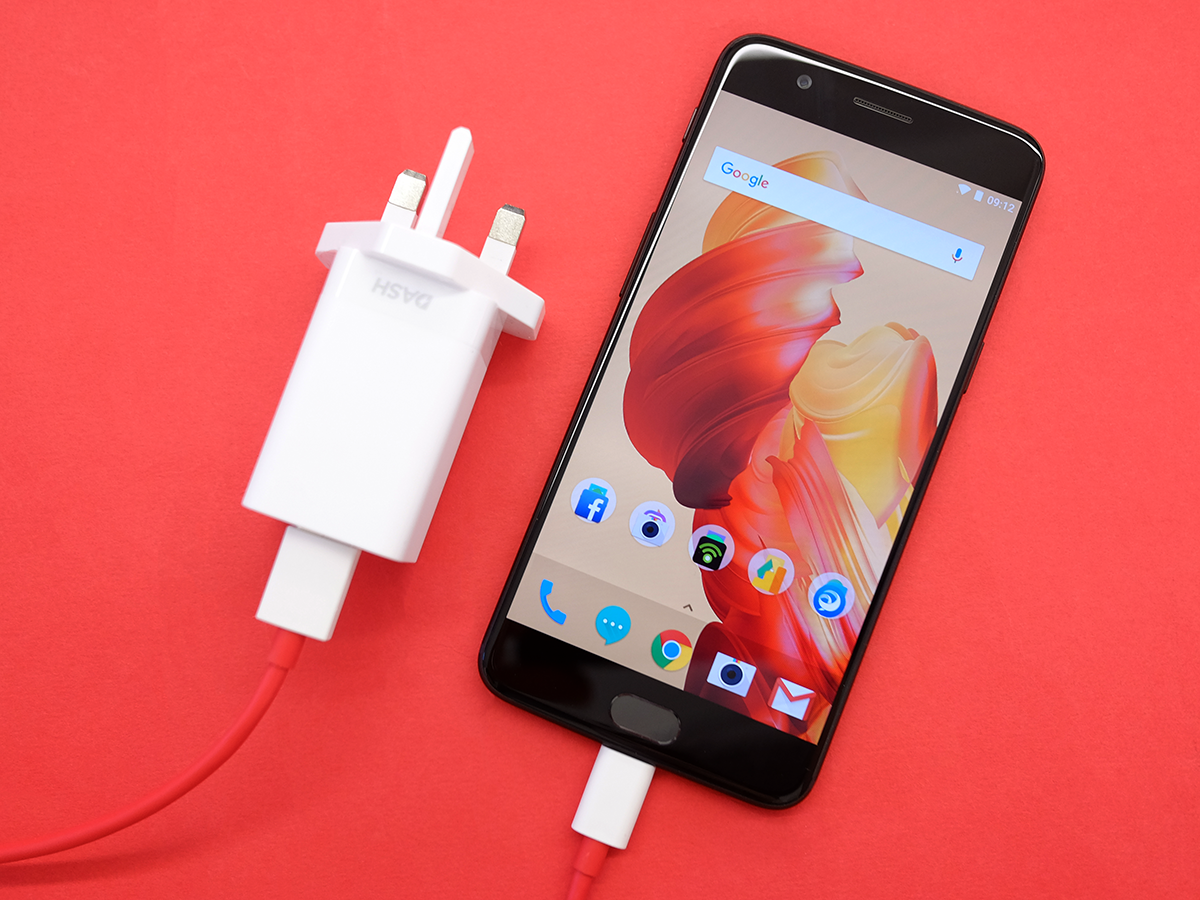
And with that, the phones also split the overall battle: two category wins for each and a draw. So which one prevails in the end?
The one that’s £200 cheaper, of course. Look, the LG G6 has some very convincing premium advantages, including the more stylish aesthetic by far, not to mention the crisper, taller, HDR-capable screen. If you want a distinctive phone and don’t mind paying extra for it, then the G6 is truly excellent. (But the Galaxy S8 is even more excellent.)
However, the perks here don’t add up to £200 worth in our book. The OnePlus 5 has the newer, faster processor, and amazingly even has the better dual-camera array – plus the design and screen are also quite good, even if not the best of the bunch today.
You’ll lose a couple of functional advantages with the OnePlus 5, including waterproofing and microSD support, but it’s a brilliant flagship at just £449. The G6 isn’t even the best of the high-end Androids right now, and it’s certainly not better overall than the cheaper OnePlus 5.
Winner: OnePlus 5
READ MORE › The 10 best smartphones in the world right now
